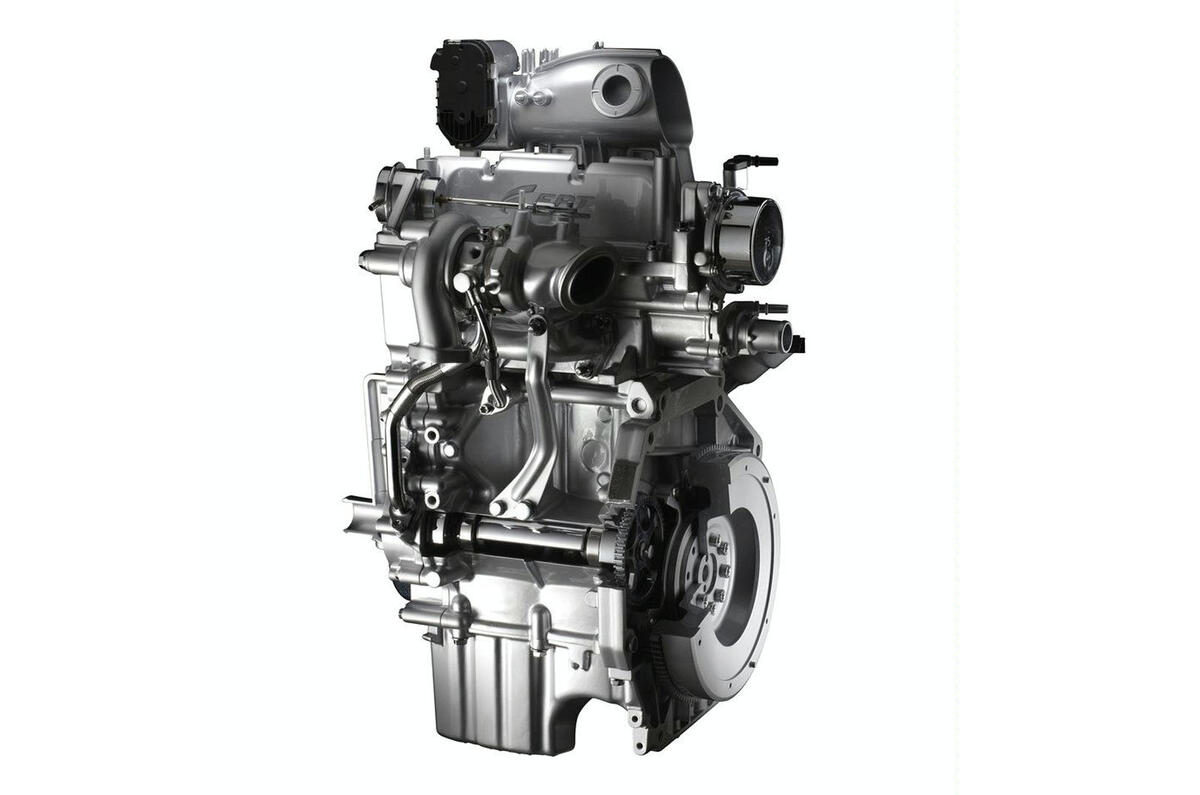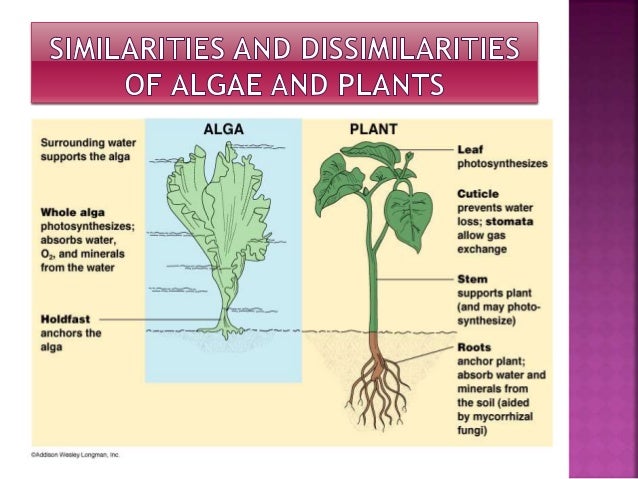GREEN COMPOSITES-


Currently, most plastics are simply buried in landfills where they
remain for thousands of years. Fiber-reinforced
composites have been used for many applications from sporting goods to
automotive parts. Most commercial fiber-reinforced composites are made from
petroleum based synthetic fibers and resins that are non-degradable. Waste
disposal problems and rising petroleum prices necessitate that some of the
dependency on plastics be shifted to new materials. Using plant-based short and
continuous cellulosic fibers in soy-protein polymer resin, that is
fully-degradable, environment-friendly, 'Green' composites. Green composites
can be made by the combination of Bio-degradable
Resin and Natural Fibers.
The random short fiber
composites have moderate mechanical properties and can be used in
non-structural applications. The unidirectional continuous fiber composites
have tensile properties close to steel. However, at a typical
steel-to-composite density ratio of about 6, these green composites are
significantly superior to steel on a per weight basis and used for indoor structural
applications in housing, transportation and automobiles. In recent years there
has been considerable interest in using natural plant fibers as reinforcements
for plastics. The motivation includes cost, performance enhancement, weight
reduction, and environment concerns. High performance flax fiber could be a
substitute for glass or carbon fibers as reinforcements for plastics.
FROM PINEAPPLE FIBERS AND POLY (HYDROXYBUTYRATE-CO-VALERATE) RESIN
Tensile
properties of pineapple fibers, like most natural fibers, show a large
variation. The average interfacial shear strength between the pineapple fiber
and poly (hydroxybutyrate-co-valerate) (PHBV) is about 8.23 MPa, Fully
degradable and environment-friendly Green Composites are made by combining pineapple
fibers and PHBV with 20 and 30% weight content of fibers placed in a 0°/90°/0 °
fiber arrangements. Even though tensile and flexural strength and moduli of
these green composites are lower than those of some wood specimens tested in
grain direction, but they are significantly higher in perpendicular to grain
direction. Compared to PHBV virgin resin, both tensile and flexural strength
and moduli of these green composites were significantly higher. SEM
photomicrographs of the fracture surface of the green composites, in tensile
mode, showed partial fiber pull-out indicating weak bonding between the fiber
and the matrix.
FROM RECYCLED CELLULOSE AND POLY (LACTIC ACID)
Green
Composites were prepared from poly (lactic acid) (PLA) and recycled cellulose
fibers (from newsprint) by extrusion followed by injection molding processing. Compared
to the neat resin, the tensile and flexural moduli of the green composites are
significantly higher. This is due to higher modulus of the reinforcement added
to the PLA matrix. Differential scanning calorimetry (DSC) and Thermo gravimetric
analysis (TGA) show that the presence of cellulose fibers do not significantly
affect the crystallinity, or the thermal decomposition of PLA matrix up to 30
wt% cellulose fiber content. Overall it was concluded that recycled cellulose
fibers from newsprint could be a potential reinforcement for the high
performance biodegradable polymer green composites
FROM RECYCLED CELLULOSE FIBER AND
POLY (3-HYDROXYBUTYRATE-CO-3-HYDROXYVALERATE) BIOPLASTIC
Green composites are successfully fabricated from recycled cellulose
fibers and bacterial polyester, poly (3-hydroxybutyrate-co-3-hydroxyvalerate)
(PHBV) by melt mixing techniques. Various weight contents (15%, 30%, and 40%)
of the fibers were incorporated in the PHBV matrix. The tensile and storage
moduli of the PHBV-based composites improves by 220% and 190%, respectively, by
reinforcement with 40 wt % RCF and the heat deflection temperature (HDT)
increases from 105 to 131  C,
while the coefficient of linear thermal expansion (CLTE) value reduces by 70%
upon reinforcement with 40 wt % RCF. The PHBV-based composites had also shown
better tensile and storage moduli and lower CLTE values than PP-based
composites.
C,
while the coefficient of linear thermal expansion (CLTE) value reduces by 70%
upon reinforcement with 40 wt % RCF. The PHBV-based composites had also shown
better tensile and storage moduli and lower CLTE values than PP-based
composites.












